In the annals of illicit wealth, few names loom as large—or as hauntingly as Pablo Escobar. At the height of his reign in the 1980s, the Colombian drug lord was reportedly earning over $60 million a day, a fortune so vast he once burned $2 million in cash to keep his daughter warm while on the run. Whether myth or fact, these stories continue to captivate and confuse, feeding into a larger-than-life narrative of money, violence, and power.
But more than three decades after his death, why does the question of Escobar’s net worth still provoke global fascination? In 2025, amid revived cultural interest and fresh financial forensics, the mystery of what happened to his billions feels more relevant than ever.
This article peels back the layers of legend to investigate not just how Escobar built his empire, but what his fortune tells us about the economics of crime, the limits of state power, and the strange immortality of narco-capitalism.
What Is Pablo Escobar’s Net Worth in 2025? (And Why It’s Still a Subject of Debate)
Assigning a concrete number to Pablo Escobar’s net worth in 2025 is like trying to trace smoke through a mirror. While pop culture loves to throw around figures—”$30 billion at his peak!”—the truth is far murkier, tangled in myths, offshore accounts, burned bills, and the systemic chaos of the cocaine economy.
During the height of his cartel’s power in the late 1980s, Forbes listed Escobar among the ten richest men in the world, pegging his estimated fortune at $3 billion. But internal DEA reports suggested much higher figures—up to $30 billion in cumulative earnings, with about $10 billion in active, liquid assets at any given time. Fast forward to 2025, and inflation alone would push those amounts toward $60–$70 billion in today’s dollars—but how much of it still exists?
Experts in forensic accounting say the majority of Escobar’s wealth was either seized, destroyed, or lost. Still, rumors persist: cash buried in barrels in Antioquia, crypto conversions by surviving cartel networks, or assets funneled through phantom real estate deals across South America. His family has publicly stated they no longer control his fortune, if any remains.
In truth, Escobar’s “net worth” is less a fixed figure and more a shifting symbol of the vast, untraceable economy he once ruled. It challenges how we think about wealth: not as an asset class, but as a kind of power—raw, illicit, and perpetually just out of reach.
Roots of a Drug Empire — From Small-Time Smuggler to Billionaire Kingpin
Before the private zoos and private armies, Pablo Escobar was just another hustler navigating the crumbling edges of Medellín. Born in 1949 to a schoolteacher and a farmer, Escobar grew up in a Colombia defined by inequality, unrest, and a government teetering between dysfunction and denial. But from the beginning, he stood out—not because he was especially violent (not yet), but because he was obsessively ambitious.
In his teens, he sold stolen tombstones, hustled cigarettes, and dabbled in low-level car theft. But the real pivot came in the early 1970s, when the cocaine trade was still an unformed shadow of what it would become. Escobar recognized what few others did: this wasn’t just a drug—it was a global commodity in waiting. More importantly, it was one the U.S. would obsess over, criminalize, and inadvertently make profitable.
What set him apart wasn’t just ruthlessness—it was logistical brilliance and a natural instinct for bribery-as-strategy. He learned early that in Colombia, cash could outvote bullets, and that public image could be as powerful as military force. By the time he co-founded what would become the Medellín Cartel, Escobar had already mastered the code of power: reward loyalty, destroy resistance, and make yourself indispensable to both the poor and the corrupt.
His story isn’t just one of crime—it’s a cautionary tale of how unchecked ambition, paired with systemic failure, can rewrite the rules of an entire nation.
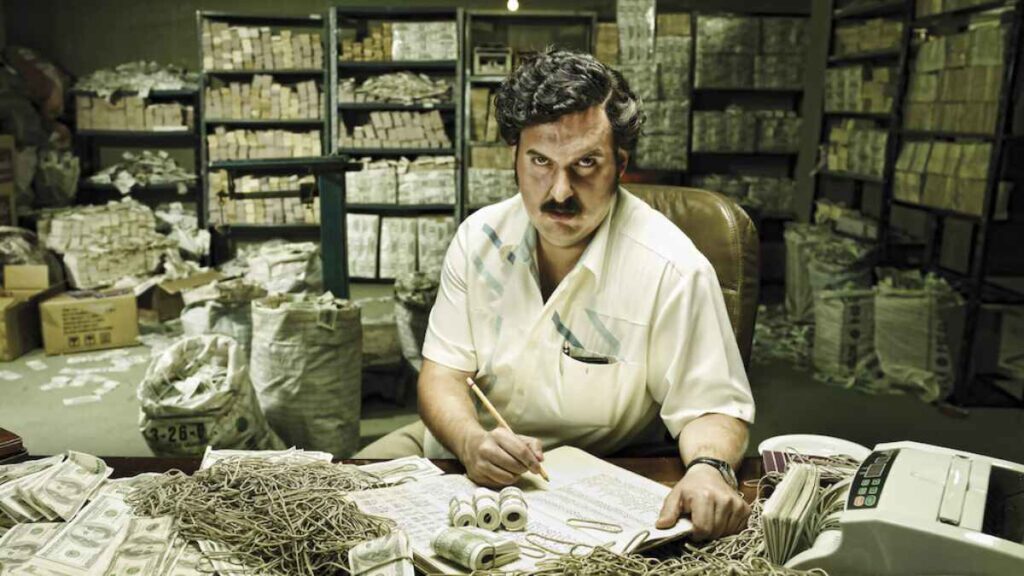
How Escobar Systematized Cocaine Distribution at a Global Level
If crime had a supply chain genius, it was Pablo Escobar. What began as hand-carried bricks of cocaine across the Colombian border evolved—within a decade—into one of the most sophisticated smuggling operations in modern history. Escobar didn’t just move product. He built a black-market logistics empire with the precision of a Fortune 500 CEO, minus the boardroom etiquette.
He commandeered jungle airstrips, repurposed entire fleets of small aircraft, and coordinated deliveries with clockwork efficiency. At its peak, the Medellín Cartel was shipping 15 tons of cocaine to the U.S. every day, often hidden inside everything from airplane tires to frozen fish. Escobar even financed the construction of customized submarines, used to bypass maritime surveillance.
But what truly set him apart was his understanding of scalability. He didn’t just smuggle cocaine—he vertically integrated the entire ecosystem. From coca farms in the Andes to street-level distribution in Miami and New York, Escobar’s network controlled supply, production, export, and retail. His “employees” numbered in the thousands: pilots, chemists, accountants, assassins.
The result? An enterprise generating over $20 billion annually, more than Colombia’s national GDP at the time. And with that money came both infrastructure and insulation—bribed customs agents, bought politicians, and entire communities that depended on his payroll.
In the end, Escobar industrialized cocaine the way Ford did automobiles: fast, consistent, and ruthlessly efficient. Except this assembly line ran on fear—and it circled the globe.
From Blood to Banks — The Money Laundering Infrastructure Behind the Fortune
Moving tons of cocaine across borders was only half the equation. The real magic trick? Making billions in dirty cash look clean. In the 1980s, Pablo Escobar built a financial shadow system that rivaled national treasuries—not just to stash his earnings, but to protect and multiply them in plain sight.
At the center of this operation were front businesses: cattle ranches, taxi companies, construction firms, and even soccer clubs. These weren’t just shell corporations—they were often active, employing locals and blending seamlessly into Colombia’s economy. His sprawling estate, Hacienda Nápoles, functioned like a narco Versailles, its zoo and runway partly financed by laundered funds.
But Escobar didn’t stop at home. He exploited global banking havens with surgical precision. Panama’s lax banking laws made it a favorite early on, especially during the Manuel Noriega years. Cash was funneled through fake import/export invoices, or transferred into offshore accounts via shell companies with deliberately fuzzy ownership trails. In Miami, cartel operatives smuggled cash in suitcases and bought up real estate, turning South Florida into a playground for laundering. Elsewhere, Swiss bank secrecy ensured anonymity for high-stakes deposits—no questions asked.
Still, laundering wasn’t just about hiding money. It was about legitimizing power. Escobar’s wealth bought silence, loyalty, and social influence. He donated to churches, funded housing for the poor, and earned the nickname Robin Hood Paisa—all while building a system designed to outlast even his downfall.
Escobar understood something chillingly timeless: in a world obsessed with legality, the most valuable currency isn’t just cash—it’s credibility.
What My Father’s Wealth Meant to Us — A Son’s View from the Shadows
“People think we lived in paradise. But what kind of paradise has bodyguards, fear, and blood in the driveway?”
That’s how Sebastián Marroquín often describes his childhood—equal parts surreal and suffocating. As the only son of Pablo Escobar, he grew up surrounded by the kind of opulence most can only imagine: armored cars, private zoos, diamond-studded watches. But with it came a terrible truth—everything was bought with terror.
In his memoir “Pablo Escobar: My Father,” Sebastián recalls the contradiction of loving a man he also feared. Escobar wasn’t a one-dimensional villain to his family—he was a doting father who once airlifted his son’s favorite dinosaur toy to a remote safehouse. But he was also the architect of a fortune so toxic it would eventually exile his entire family and mark them for life.
“We were rich,” Sebastián has said, “but we were never free.”
After his father died in 1993, he changed his name, fled Colombia, and began a long journey of public reckoning. His wealth was gone—but what remained was far heavier: a legacy he neither chose nor fully escaped.
For Sebastián, the money was never real freedom. It was a trap made of gold. And perhaps that’s the truest cost of Escobar’s fortune—not just the violence it unleashed, but the inheritance it left behind: a life spent untangling love from legacy.
Collapse and Confiscation — Where Did Escobar’s Billions Go?
By the time Pablo Escobar was gunned down on a Medellín rooftop in 1993, the empire he had built was already collapsing under its weight. But the question that still haunts governments, journalists, and treasure hunters alike is: where did all the money go?
Officially, Colombian and U.S. authorities seized hundreds of millions in cash, property, and accounts linked to the Medellín Cartel. The Colombian government nationalized over 800 properties, including luxury homes, airstrips, and businesses. U.S. federal agencies traced funds through Miami real estate and offshore bank accounts, but many of those trails went cold, protected by layers of shell companies and legal loopholes.
Then there are the legends. Former cartel associates have spoken—sometimes under oath, other times from prison—about millions in cash buried in barrels across Colombia, allegedly hidden so hastily that even Escobar’s inner circle couldn’t retrieve them all. Some claim Swiss and Caribbean accounts were never uncovered; their access codes lost with his death.
Adding to the mystery, his family has long insisted they received no meaningful inheritance, claiming instead to have lived under threat and financial scrutiny ever since.
What remains is a puzzle of asset seizures, incinerated evidence, and whispered treasure maps. Escobar’s fortune didn’t just vanish—it was disassembled, erased, and mythologized, piece by piece. In the end, the world’s richest drug lord may have left behind the world’s most expensive question mark.
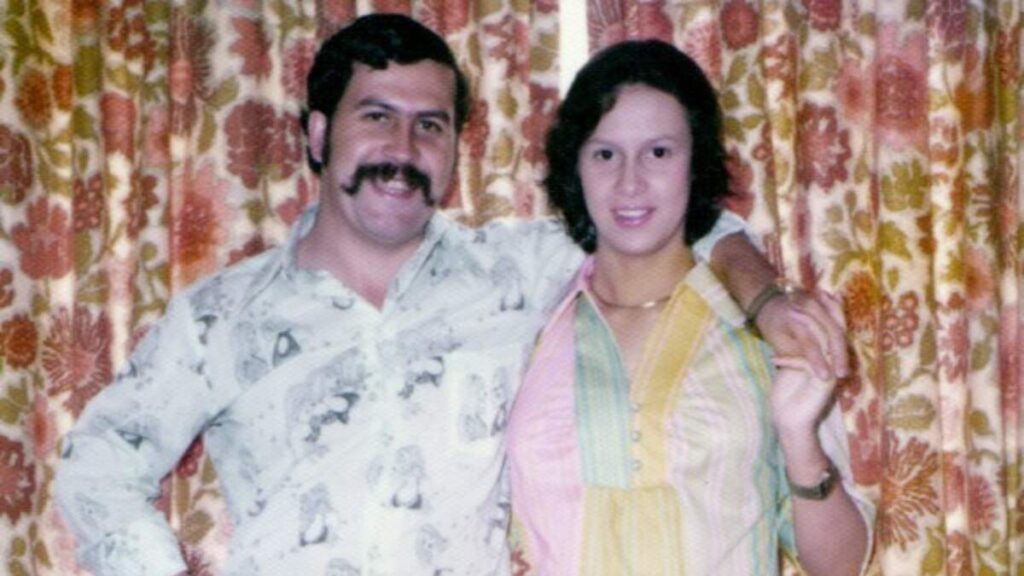
How Does Escobar’s Net Worth Compare to Modern Criminal Kingpins and Drug Lords?
In raw numbers, Pablo Escobar remains the benchmark—his estimated fortune of $30 billion (1980s dollars) still eclipses most modern narco-traffickers. But in 2025, wealth in organized crime looks different. It’s harder to trace, more decentralized, and less about physical cash than digital control.
Joaquín “El Chapo” Guzmán, for example, built a global trafficking empire through the Sinaloa Cartel, but his estimated net worth peaked at just over $1 billion. Griselda Blanco, the so-called “Black Widow,” made millions in Miami’s cocaine wars, but never approached Escobar’s scale. Others, like Dawood Ibrahim or Russia’s cyber-mafia heads, have leveraged legitimate businesses and crypto platforms to mask fortunes that defy easy valuation.
Escobar’s empire was a spectacle of excess—from private zoos to cash literally rotting in the jungle. Today’s criminal wealth is stealthier. It moves through crypto mixers, fintech fronts, and tokenized assets, often beyond the reach of traditional law enforcement.
So is Escobar still the richest? Probably. But modern crime isn’t about being flashy—it’s about being invisible. The gold standard has shifted. Power no longer wears a mustache—it wears an encrypted wallet.
Myths vs. Reality — How Pop Culture Distorted Pablo Escobar’s Fortune
Thanks to Netflix’s Narcos, Escobar’s legacy is now equal parts history and Hollywood. But behind the slo-mo explosions and haunting voiceovers lies a carnival of exaggeration.
Yes, he did earn millions a day. No, he probably didn’t bury money all over Colombia like a narco Easter Bunny—though he did lose a reported 10% of his stash annually to rats and mold. And while Narcos shows him as a kind of cocaine Tony Soprano, real-life Escobar was far more calculating, far less poetic.
One of the most repeated myths? That he once offered to pay off Colombia’s national debt—true, but with a big asterisk. It was more PR stunt than sincere offer, a maneuver to avoid extradition.
Then there are the pop references: Rick Ross raps about living like Escobar, but few artists note that Escobar died on a rooftop, broke and betrayed. And on Reddit, tales of gold-plated AKs and private missile silos live on, unsupported but irresistible.
Why do these stories stick? Because Escobar’s fortune wasn’t just money—it was a mythology machine. The truth is messier, less cinematic. But in the end, the myths say more about us than him: our obsession with outlaw kings and our comfort in turning monsters into legends.
What Pablo Escobar’s Fortune Reveals About Power, Crime, and Legacy
Pablo Escobar’s fortune was never just about dollars. It was about leverage—a bludgeon disguised as generosity, a bribe that masqueraded as benevolence. In Colombia, his money paved roads and built homes, but it also erased justice, bought silence, and reshaped a nation’s soul.
Globally, his legacy exposed a deeper fault line: that in a world governed by financial systems, power doesn’t always come from legitimacy—it comes from control. Escobar didn’t infiltrate the system; he built a parallel one, complete with banks, borders, and loyalty bought in blood.
Today, his story is told in memes and mini-series. But behind the legend lies a question that still stings: How fragile must a society be for one man’s criminal wealth to rival its entire government?
Escobar’s empire may have crumbled, but the conditions that enabled it—economic despair, institutional rot, and the global hunger for drugs—still linger. His fortune is gone. But the blueprint? That survives.
Nishant is a digital strategist and celebrity finance analyst with over 15 years of experience in SEO-driven content. As Founder of TheNetWorths.com, he creates high-authority profiles on wealth, branding, and cultural influence.



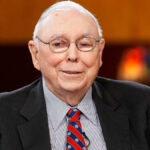






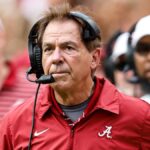



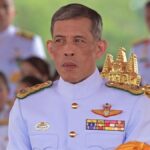

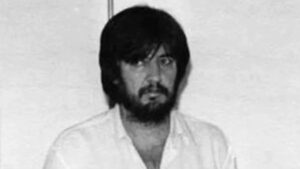
2 thoughts on “Pablo Escobar Net Worth 2025: How Colombia’s Drug Kingpin Amassed an $30 Billion Empire”